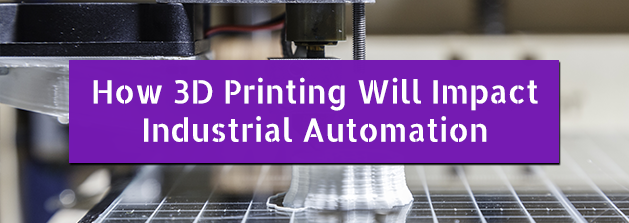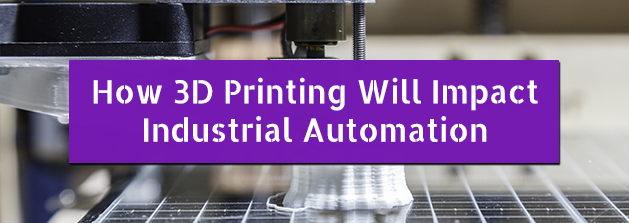
Over the past few years, 3D printing has started building momentum for large industrial applications. New materials, such as aluminum and steel, are breaking into the 3D printing world.
Although the prices of these materials are currently high, they should go down over time and become accessible to companies for demo purposes, and possibly even part replacement. Although some of these materials and processes are in the “beta” stages of their existence, they are projected to mature into fully functional products that will hopefully be utilized to their full potential.
The process of creating a 3D printed product is really quite simple with the proper knowledge. Things to know include: a basic understanding of 3D design (using Autocad, etc.), an understanding of materials and when to use what material, and what companies will create the desired part for a reasonable price.
Given that your company has an engineer or representative that has the above knowledge, they could simply design the desired part on a computer and either send it to an integrator to develop the physical model or “print” the model in-house (given that your company has the proper equipment). This technique can lead to things such as customizable parts and/or a more time efficient business. It also promotes creativity in the workplace which could lead to innovation in the field of automation.
Industrial Applications of 3D Printing
3D printing has already been used in fields such as architecture and dentistry, for things such as building modeling and simulated teeth moldings. With the advancements made in the past decade, both of these things have become more detailed, to the point where either of them are exact scale models of the actual product. There have already been a few things done that could be applied to the automation industry.
One of these includes 3D-printed moldings for large quantity manufacturing, which can be used in the “assembly line” setting that is capable of pumping out thousands of products per hour. This would be a great way of integrating 3D printing into modern production. The moldings would be able to be altered very easily and replaced on short notice.
Evaluating Your Process for Improvement
In addition to keeping up with radical new technologies like 3D printing, many tried and true manufacturing tools are evolving to work more efficiently and address more precise problems in a variety of industrial processes. If you're not sure where to get started on improving your process, contact an engineer or support specialist at ACD to learn more about industry-leading technology for your application:


